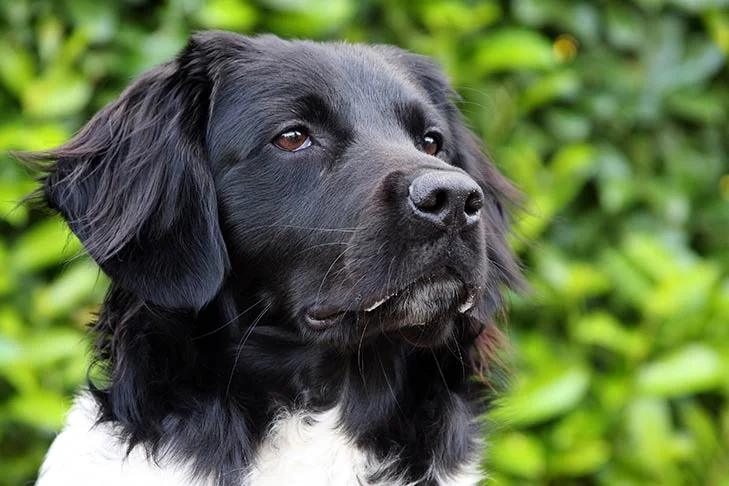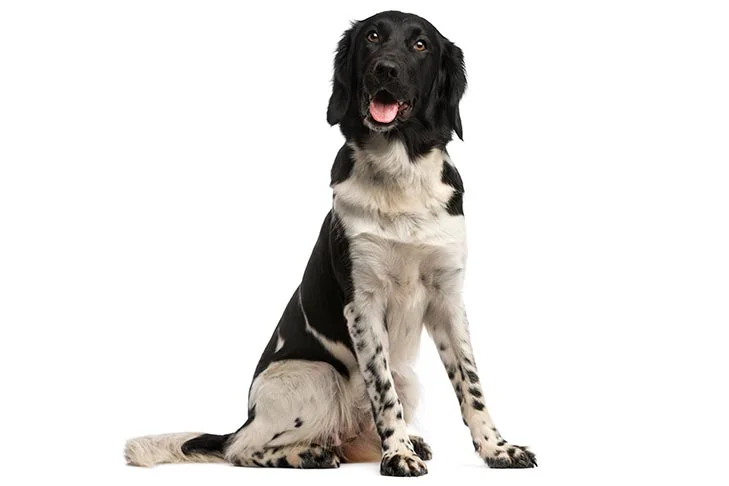Although they can be stubborn at times, Stabyhouns are docile, loving, and patient dogs who adore their family and want to please them. He is a soft-mouthed retriever as well as a pointer, making him ideal for hunting ducks and upland birds. He is an excellent retriever, and one of his strong suits is water work. He has keen eyesight, a keen sense of smell, and aptitude, and works quickly and efficiently. Farmers purposefully bred the Stabyhoun’s independence because they desired a dog that could hunt moles and rabbits on its own. That proclivity can still be seen today, so you shouldn’t be surprised if he hunts for prey on his own and, for example, digs in the garden.
A Staby, when properly trained, is a kind dog and a lifelong friend. Stabys are also quite curious. Always keep an eye on what a Stabyhoun is up to because their inquisitive nature can rapidly get them into danger. You will frequently be disappointed if you expect your Staby to sit quietly if something happens. Although Stabys make a lot of noise when anything is wrong or to alarm their owner, they usually urge the owner to examine further before accepting that everything is okay. Most Stabys will need to double-check that there are no “surprises” in store before they can relax again. This breed originated in the Netherlands and is a utilitarian and solidly built pointing dog.
Stabyhouns are predominantly black and white. The brown and white Stabyhoun can be found in the Netherlands, however, the orange and white Stabyhoun is almost extinct. The Staby’s build is such that it is longer than it is tall, and similarly, the head is longer than it is wide. The feathering on the Staby’s chest, collar, forelegs, breeches, and tail create the impression that he has long hair, yet his coat is not very lengthy. The Stabyhoun is regarded as an “all-around” dog, capable of hunting, retrieving, and pointing. Because of their size and friendly nature, they make excellent family dogs.







 Health
Health Grooming
Grooming Exercise
Exercise Training
Training Nutrition
Nutrition